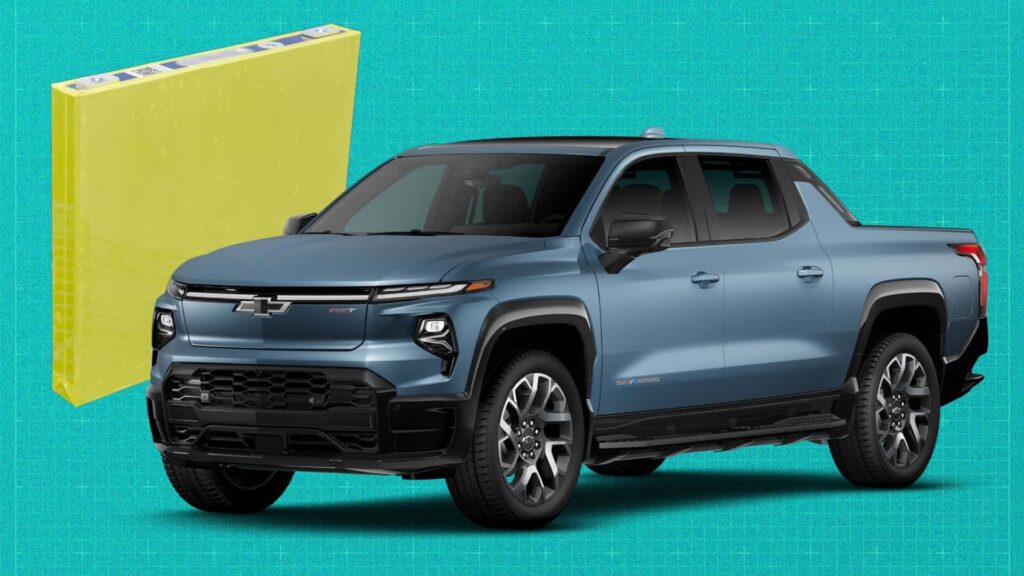General Motors made a groundbreaking announcement on Tuesday, revealing plans to introduce lithium-manganese-rich (LMR) batteries in its production trucks and full-size SUVs by 2028. This move signifies a significant shift away from the current nickel-manganese-cobalt (NMC) and lithium-iron-phosphate (LFP) batteries that are commonly used in the industry. GM’s decision to embrace LMR technology will make it the first automaker in the world to do so, setting a new standard for energy storage in electric vehicles.
The introduction of LMR cells in a prismatic format will complement the existing LFP and NMC battery options in GM’s lineup, providing customers with a wide range of choices to suit their specific needs. The LMR chemistry offers a balance between the cost advantages of LFP batteries and the performance and energy density of NMC batteries. By reducing the reliance on expensive and environmentally harmful metals like nickel and cobalt, and increasing the use of abundant manganese, GM aims to create a more sustainable and cost-effective battery solution.
One of the key advantages of the LMR chemistry lies in its compatibility with prismatic cells. Unlike the pouch cells that GM has traditionally used, prismatic cells have a square or rectangular shape that allows for easier integration into battery packs. This modular and stackable design minimizes wasted space within the pack, resulting in a more space-efficient and lightweight battery system. The transition to prismatic cells is part of GM’s cost reduction strategy, as it simplifies the module and production process, ultimately leading to a more streamlined and efficient battery design.
The development of LMR batteries has been a long-term project for GM, with research and development efforts dating back a decade. The company ramped up its efforts during the pandemic, accelerating the timeline for bringing LMR technology to market. By 2023, GM had produced its first batch of LMR cells and by 2024, it had manufactured over a ton of LMR cathode active material. The decision to adopt prismatic cells was not an easy one, as GM had to convince industry veteran Kurt Kelty, who initially favored cylindrical cells. However, the benefits of prismatic cells, such as higher energy density, lower cost, and simplified production, ultimately won him over.
While the transition to prismatic LMR cells represents a significant advancement in battery technology, mass production is still a few years away. GM’s partnership with Ford, which is also exploring LMR technology, indicates a shared commitment to innovation in the electric vehicle sector. As GM continues to push the boundaries of battery technology, the automotive industry is poised for a new era of sustainable and efficient energy storage solutions.

